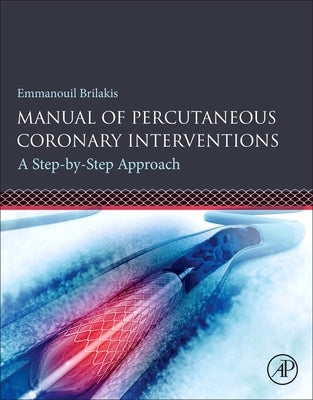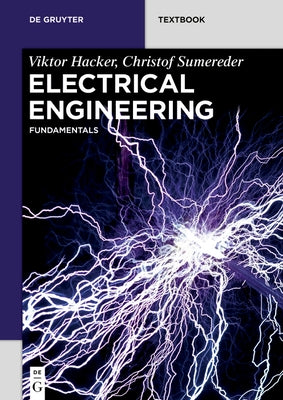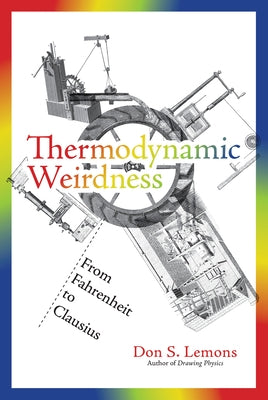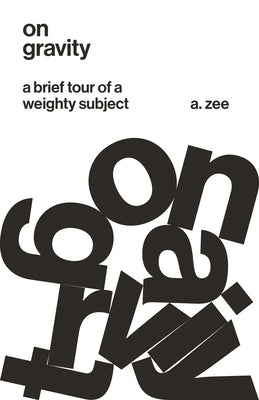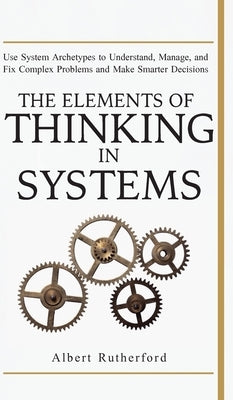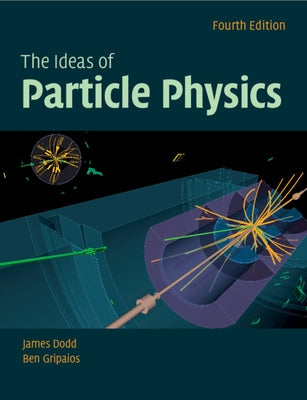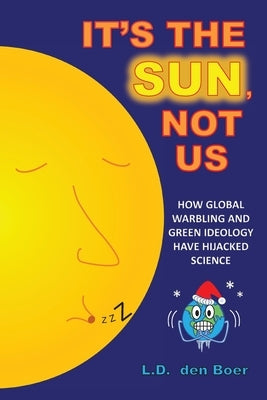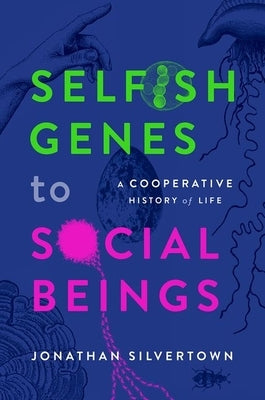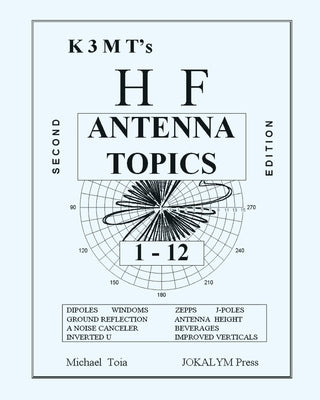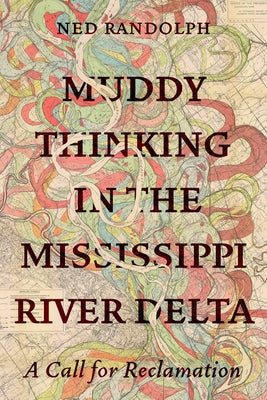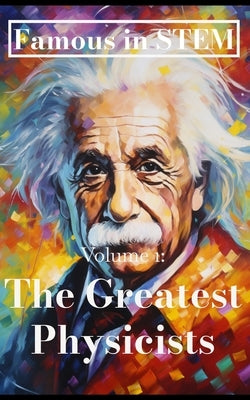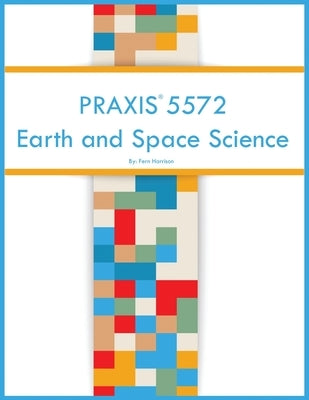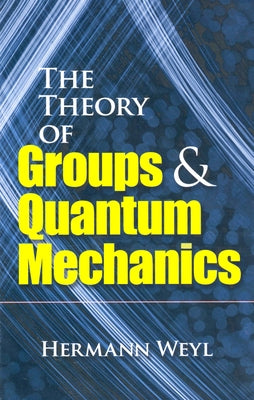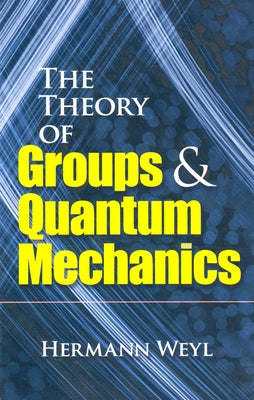This book is devoted to the consistent and systematic application of group theory to quantum mechanics. Beginning with a detailed introduction to the classical theory of groups, Dr. Weyl continues with an account of the fundamental results of quantum physics. There follows a rigorous investigation of the relations holding between the mathematical and physical theories.
Topics covered include: unitary geometry, quantum theory (Schrödinger's wave equation, transition probabilities, directional quantization, collision phenomena, Zeeman and Stark effects); groups and their representations (sub-groups and conjugate classes, linear transformations, rotation and Lorentz groups, closed continuous groups, invariants and covariants, Lie's theory); applications of group theory to quantum mechanics (simple state and term analysis, the spinning electron, multiplet structure, energy and momentum, Pauli exclusion principle, problem of several bodies, Maxwell-Dirac field equations, etc.); the symmetric permutation group; and algebra of symmetric transformation (invariant sub-spaces in group and tensor space, sub-groups, Young's symmetry operators, spin and valence, group theoretic classification of atomic spectra, branching laws, etc).
Throughout, Dr. Weyl emphasizes the "reciprocity" between representations of the symmetric permutation group and those of the complete linear group. His simplified treatment of "reciprocity," the Clebsch-Gordan series, and the Jordan-Hölder theorem and its analogues, has helped to clarity these and other complex topics.
About the AuthorAlong with his fundamental contributions to most branches of mathematics, Hermann Weyl (1885-1955) took a serious interest in theoretical physics. In addition to teaching in Zürich, Göttingen, and Princeton, Weyl worked with Einstein on relativity theory at the Institute for Advanced Studies.
Hermann Weyl: The Search for Beautiful Truths
One of the most influential mathematicians of the twentieth century, Hermann Weyl (1885-1955) was associated with three major institutions during his working years: the ETH Zurich (Swiss Federal Institute of Technology), the University of Gottingen, and the Institute for Advanced Study in Princeton. In the last decade of Weyl's life (he died in Princeton in 1955), Dover reprinted two of his major works, The Theory of Groups and Quantum Mechanics and Space, Time, Matter. Two others, The Continuum and The Concept of a Riemann Surface were added to the Dover list in recent years.
In the Author's Own Words:
"My work always tried to unite the truth with the beautiful, but when I had to choose one or the other, I usually chose the beautiful."
"We are not very pleased when we are forced to accept mathematical truth by virtue of a complicated chain of formal conclusions and computations, which we traverse blindly, link by link, feeling our way by touch. We want first an overview of the aim and of the road; we want to understand the idea of the proof, the deeper context."
"A modern mathematical proof is not very different from a modern machine, or a modern test setup: the simple fundamental principles are hidden and almost invisible under a mass of technical details." -- Hermann Weyl
Critical Acclaim for Space, Time, Matter:
"A classic of physics . . . the first systematic presentation of Einstein's theory of relativity." -- British Journal for Philosophy and Science



